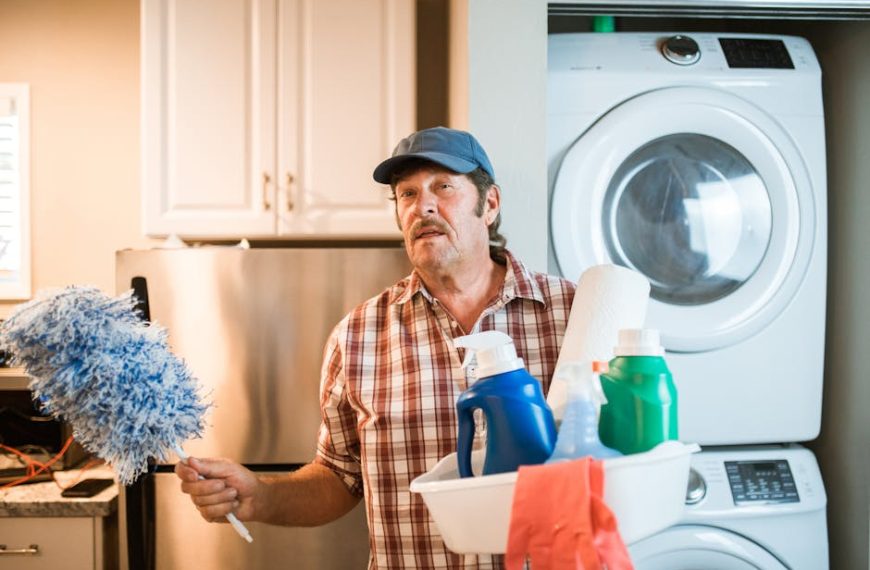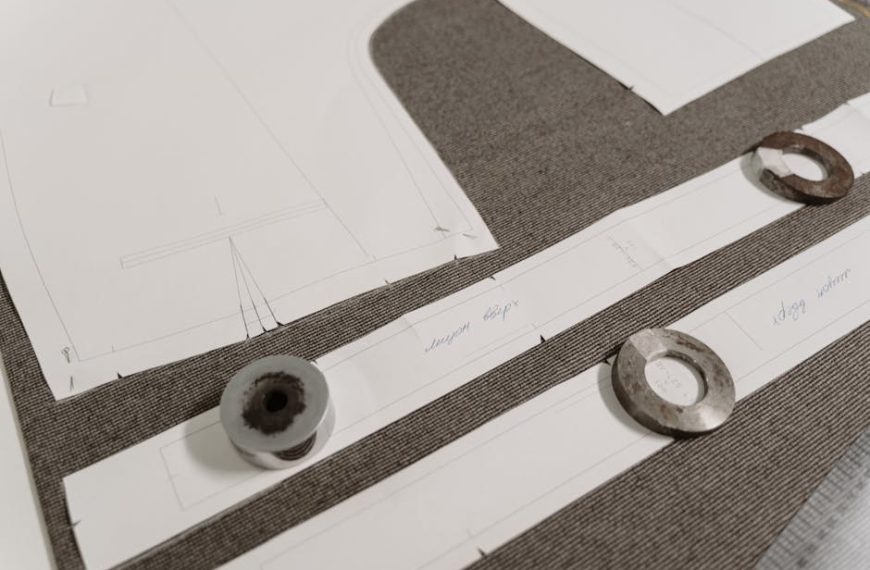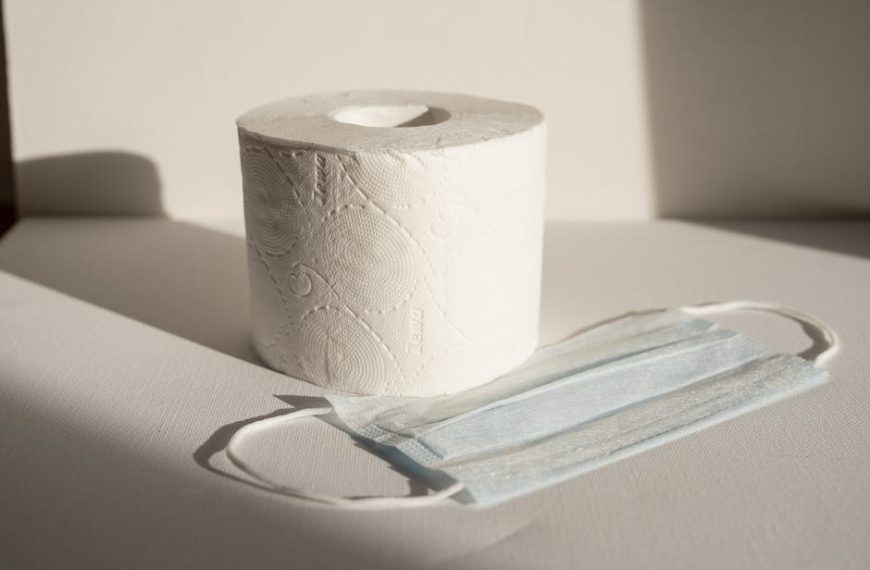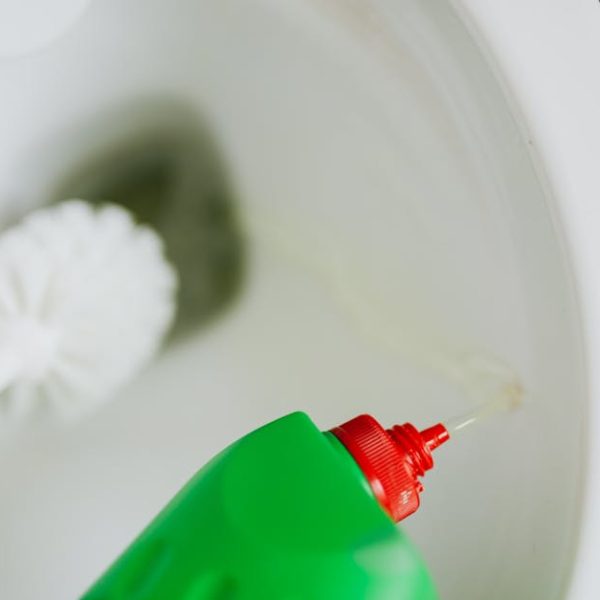Nobody enjoys having dust in their homes, mainly because it represents a whole array of allergens, pet dander, dust mites and tiny particles floating in your indoor air. It’s also not a great look when your friends or family pop around for a surprise visit. Regular cleaning, however, can help keep the dust levels under control. Dusting and vacuuming are two essential tasks we perform to maintain cleanliness. They both have their advantages and limitations but are integral parts of any home cleaning regimen. Dusting, for instance, helps remove dust from surfaces, while vacuuming removes dust and other particles from your floors and carpets. However, which should come first in your cleaning routine?
Understanding the Science Behind Dusting and Vacuuming
Dust in our homes is a concoction of minute particles that include dead skin, dirt, other organic material, and fibers from various sources. Besides making your home look unclean, it also contributes to a range of health issues, including allergies and respiratory problems. Thus, keeping your living space dust-free is not just about maintaining a clean appearance; it’s about safeguarding your health and that of your loved ones too.
Dusting involves the use of a cloth or duster to wipe surfaces and remove dust. It’s an effective method for reaching nooks, corners, and other hard-to-reach spots. Handled incorrectly, however, dusting can also disperse dust into the air, where it eventually settles on the floor or other surfaces.
On the other hand, vacuuming is ideal for picking dust, dirt, and other small particles from your floors, carpets, and large fabric surfaces. Although vacuuming can stir up dust too, modern vacuums trap most of it in a bag or container, making it easier to dispose of.
Pro Tip: By maintaining regular cleaning of your home, you can ensure a dust-free and healthy environment. Both dusting and vacuuming are crucial to this routine.
The Debate: Dusting Versus Vacuuming
The bone of contention that seemed unsolvable is whether to dust or vacuum first. Both sides of the debate have compelling arguments. Those favoring dusting first argue that dusting moves particles onto the floor where they can be vacuumed later. On the contrary, advocates for vacuuming first remind us that vacuums can stir up dust, which can then be removed with dusting.
Regardless of the preferred order, consistency in carrying out both tasks can’t be stressed enough. The advantages and disadvantages of both approaches may vary based on individual cleaning habits and specific household needs.
Pro Tip: Remember, a clean home is a healthy home. Regardless of the order, being consistent in dusting and vacuuming will yield a clean, comfortable space.
At this juncture, let’s delve deeper into the debate and evaluate the pros and cons of dusting first versus vacuuming first.
Check back in the next segment for an insightful discussion on the ideal cleaning order plus tips, tricks, and techniques towards maintaining a dust-free home.
Pros and Cons
| Dusting First | Vacuuming First | |
|---|---|---|
| Pros | • Dust settlement is directed to the ground • Ensures a thorough clean as vacuuming follows dusting |
• Gets rid of large particles on the floors and carpets • Reduces the amount of dust in the room before dusting starts |
| Cons | • Dusting might scatter some dust back into the air • Some dust may still remain on the surfaces |
• Vacuuming can stir up and scatter dust • Dust can resettle on just-vacuumed surfaces |
The Ideal Order: Dust First, Vacuum Later
After weighing the pros and cons, dusting first offers a more efficient method. The gravity-assisted nature of dusting sends the dust and other small particles to the ground, ensuring they don’t linger in the air. Vacuuming afterward hence paves the way for a deeper clean as it collects the settled dust from the floor.
Dusting first also helps in maintaining a cleaner home in general as it ensures no dust is left lurking on top of furniture or corners after vacuuming.
Following these simple steps for a thorough cleanup:
- Dust your home from top to bottom. Start with high surfaces like the ceiling, fans, and bookshelves before progressing to lower areas.
- Use long-handled dusters for hard-to-reach spots.
- When dusting, use a damp cloth to attract dust rather than scattering it.
- Vacuum your floors and carpets thoroughly after dusting to collect the settled dust particles.
- Pay attention to areas where dust accumulates such as under beds and behind furniture.
Best Practice: When dusting, always start from high surfaces moving downwards. Afterwards, vacuum to collect dust particles that settled on the floor.
Which Cleaning Method Should I Use First When Cleaning with Swiffer Dusters?
When cleaning with Swiffer Dusters, it’s essential to start with a dry dusting method. This ensures that loose dirt and debris are effectively captured without spreading allergens. For guidance, consider researching how to properly clean swiffer duster to achieve optimal results and maintain a dust-free environment.
Exception to the Rule: When to Vacuum First
While the above procedure is generally beneficial, scenarios exist where vacuuming before dusting might be prudent. This is particularly true in houses with high pile carpets or significantly dusty environments where vacuuming can prevent the formation of dust clouds, saving you from extra work later.
Best Practice: In heavy dust situations, start by vacuuming horizontal surfaces to minimise dust in the environment then dust the remaining areas.
Maintaining a Dust-Free Home: Essential Tips and Tricks
Regardless of the order of operations, keeping your home clean involves more than just a regular cleaning routine. Here are practical tips to maintain a low-dust environment.
- Clean your house regularly. This includes dusting, vacuuming and surface cleaning.
- Re-arrange your furniture monthly for a thorough clean, removing dust in usually untouched spots
- Clean your curtains, blinds and upholstery regularly as they tend to gather dust
- Invest in a high-quality vacuum cleaner with a HEPA filter for more effective cleaning
- Consider air purifiers if dust is a significant problem in your home
Pro Tip: High-quality cleaning tools and air purifiers help maintain a dust-free home.
By following the above guidelines, not only will your cleaning efforts be fruitful, but you’ll also enjoy a healthier, more inviting home atmosphere. Happy cleaning!
Key Takeaway:
- Dust comprises of minuscule particles including dead skin, dirt, and other organic material, which can cause various health issues.
- Dusting helps in removing dust from surfaces, reaching difficult spots while vacuuming is effective in picking up dust from floors and carpets.
- There is an ongoing debate on whether to dust or vacuum first. Those who advocate dusting first argue that it displaces dust onto the floor, ready for vacuuming. Conversely, those who favor vacuuming first believe vacuums stir up dust which can be dusted off later.
- Regardless of the order, maintaining regular cleaning habits and ensuring consistency in both tasks is crucial for a clean home environment.
- There are certain situations where the order might be necessary to change, such as heavily dusted environments.
Regular cleaning is much more than just maintaining the aesthetics of your home, it’s essential for your health and well-being as well. Remember, the focus shouldn’t be on whether to dust or vacuum first, but on creating a consistent cleaning routine that includes both these tasks. Keep your home clean, fresh, and dust-free!
FAQs
Q: What can I use to ensure effective dusting?
A: Using a microfiber cloth or a duster can be quite effective in dusting. Microfiber cloths are known to attract dust, helping you capture more dust particles.
Q: What are the health effects of dust?
A: Dust can cause various health problems such as allergies, asthma, and other respiratory issues due to the minute particles it carries.
Q: Can vacuuming help in reducing dust at home?
A: Yes, vacuuming can help in reducing dust levels at your home as it picks up dust and other small particles from carpets, floors, and large fabric surfaces.
Q: How often should I clean to maintain a dust-free environment?
A: Depending on the dust levels at your home, you might need to clean every few days. However, doing a thorough clean-up every week is usually enough for most homes.
Q: Besides dusting and vacuuming, what other cleaning activities can I do to maintain a dust-free home?
A: Cleaning upholstery, curtains, and other high-dust areas regularly can help maintain a dust-free environment. Also, rearranging your furniture occasionally can help in deep cleaning. Make sure to check out other articles on our website to learn more useful tips for keeping your home clean and dust-free!












